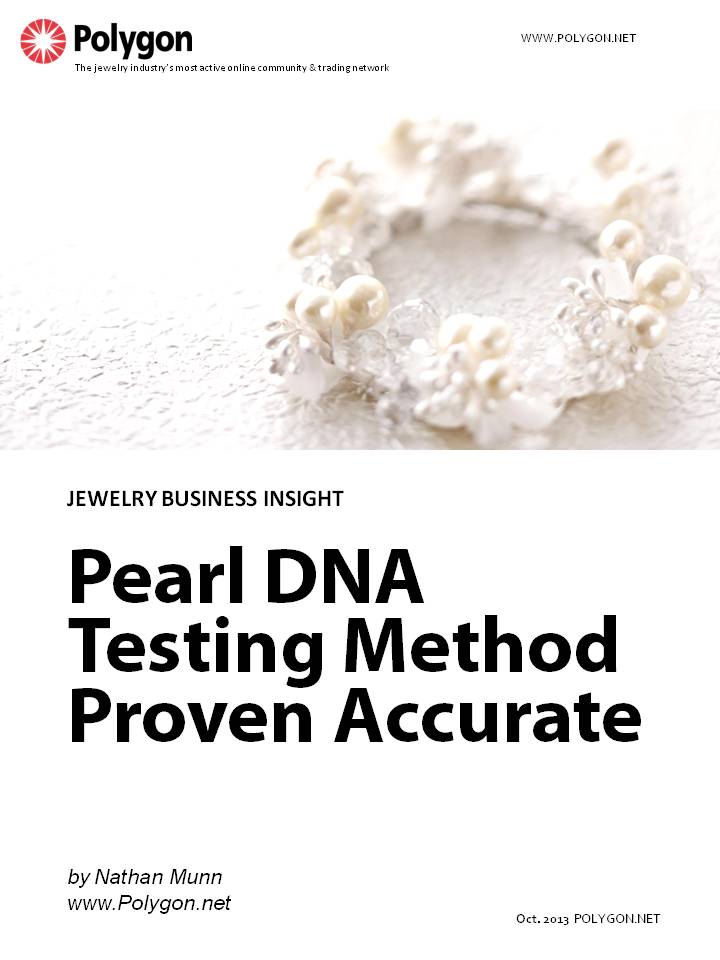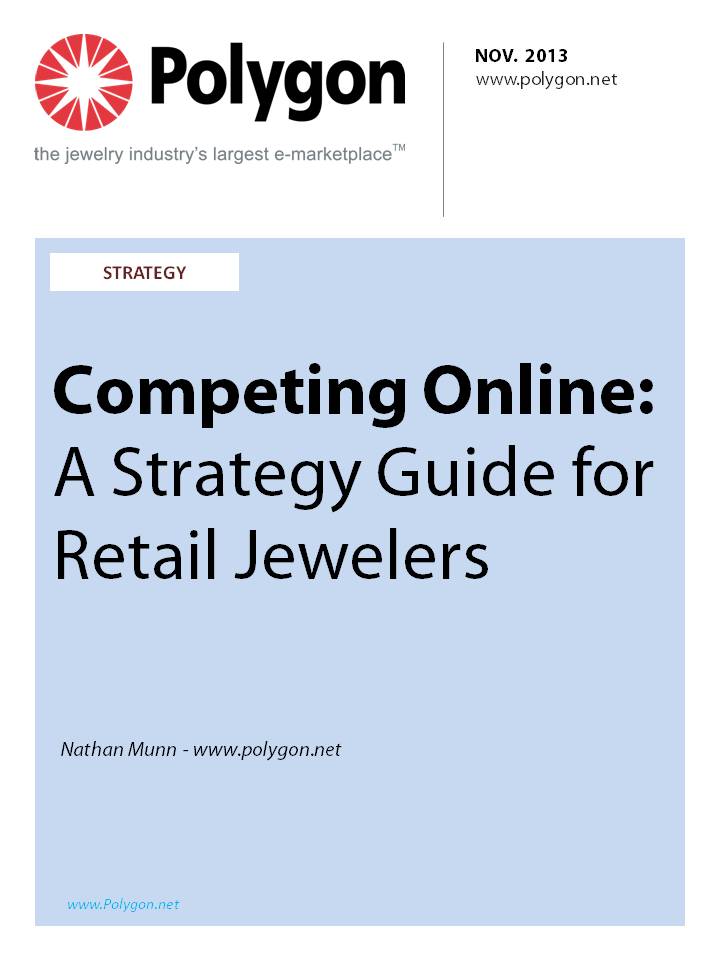New DNA Testing Method Accurately Identifies Natural vs. Treated Pearls

Imagine being able to determine the exact origin of any natural or cultured pearl – where it came from, and which species of oyster produced the pearl. The implications for jewelers and consumers alike would be significant, and ultimately could change the way pearls are evaluated and valued on the open market.
This concept is now a reality. According to a research study commissioned by the Swiss Gemmological Institute SSEF and published October 9, 2013 in PLOS ONE, a peer-reviewed scientific journal produced by the Public Library of Science, researchers have discovered a process by which the origin of natural pearls can be identified without causing significant damage to the pearl itself.
The process involves the extraction of oyster DNA directly from a pearl using a newly developed micro-drilling technique that, according to researchers, allows them to “obtain a small amount of DNA while maintaining the commercial value of the pearl.” The DNA sample is then studied for unique traits to identify the species of oyster that produced the pearl. After repeated tests of the extraction and testing process, scientists were successful in identifying pearls created by three different species of oyster, including Pinctada margaritifera, Pinctada maxima and Pinctada radiata. P. maxima oysters are found in the Philippines, Indonesia and Australia, while P. margaritifera oysters are most common in French Polynesia and Fiji and produce what are known as ‘black’ cultured pearls.
While all species of oysters are sought after for their pearls, it is the Akoya and radiata species of oyster that produce what are generally considered to be the most valuable pearls. Radiata pearls, often referred to as “Basra pearls”, are found exclusively in the Persian Gulf and are renowned for their lustrous appearance and distinct white to light yellow coloring.
Because of the high value of radiata pearls, cultured pearls culled from the margaritifera and maxima species of oysters have on occasion been treated and modified by unscrupulous dealers and passed on to unsuspecting buyers as natural Basra pearls. In 2012, The Gem and Pearl Testing Laboratory of Bahrain reported several instances of lower-quality cultured pearls being falsely presented as Basra pearls. Only upon in-depth examination of the pearls using X-radiography and other advanced analysis techniques did the GPTLB conclude that the supposed Basra pearls were more likely to be maxima pearls that had undergone unknown treatments to make them more closely resemble the coveted Basra pearl.
With the advent of highly reliable DNA testing, such misrepresentation could soon become a problem of the past. SSEF has filed a patent application for the groundbreaking DNA extraction process, and have expressed interest in providing pearl DNA testing as a service to their clients in the future.
The DNA extraction study took place over 2 years at the SSEF laboratory in Basel, Switzerland, and was carried out by Joana Meyer of the Swiss Federal Institute of Technology Zurich ETHZ and Laurent Cartier of SSEF.
Nathan Munn | Polygon.net






